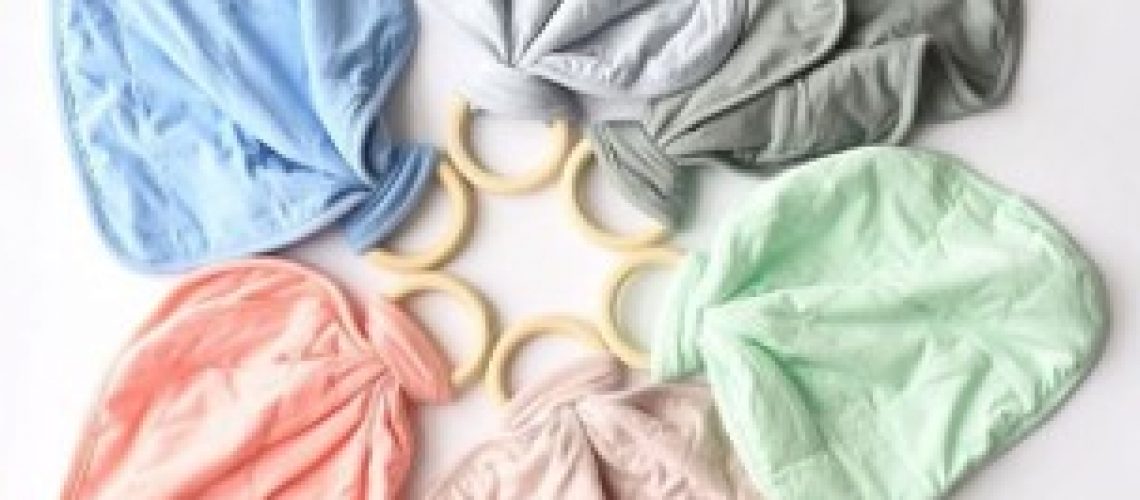By Jolandi Becker – MD of Good Night
Often new moms are told to introduce an item that can serve as a positive sleep association or security item for their babies. Even as sleep consultants we advise this – have you ever considered why?
I hope this blog will help you understand and also help you choose the right one.
What is a sleep association?
Sleep associations are anything (even an action) we use to help us get to sleep: a pillow, a blanket, even your partner is a sleep association. Those things we choose to help us sleep better. We are not always even aware we have sleep associations. Babies can use similar tools to help them sleep and link their sleep cycles.
The reality is that some sleep associations for adults can be sustainable: Like a pillow (PS not suitable for babies) BUT some can be non-sustainable (a snoring partner – PS also not good for babies). This just means that some things we use to sleep with can help us sleep and other things can have the opposite effect even though we have good intentions with them. This is exactly the same principle for babies and children, some sleep associations can be sustainable (taglet/blanky/soft toy/lovey) and others can be non-sustainable (rocking/feeding to sleep). Rocking is not a viable (sustainable) solution long term, as your baby grows, they become heavier and heavier. You won’t be able to sustain that sleep association with your toddler.
Sustainable sleep associations are items babies can use independently without having someone else provide it to them (e.g. a taglet/lovey). Non-sustainable sleep associations require the assistance of a caregiver /parent (rocking/feeding to sleep).
What about a dummy/pacifier?
The reality is that a dummy falls somewhere in between, a somewhat grey area. It can be both sustainable – for a newborn or if baby can use it independently but it can also be non-sustainable: if you have to go in more than once a night just to put the dummy back, so called “dummy drill”.
Benefits of a sustainable sleep association?
Science reveals that sustainable sleep associations/security items are beneficial for children, helping to give them security and self-regulate their emotions in a healthy way. Once again, I will compare this to adults, we all have things we do or use to cope with emotions, we exercise to manage stress, hang out with friends to unwind or call a friend to vent. Some coping mechanisms, of course can be better than others. BUT just like us, and even more understandably so, children also need coping mechanisms as all their emotions are very new! They are still learning to process and self – regulate.
The lovey/security blanket/taglet serves as a built-in sense of security making children feel safe enough to take small risks, explore and grow. It is like training wheels for your emotions, it provides a safety net which increases confidence and then are shed when no longer needed. By taking small risks, children will feel free and unafraid to transition taking larger risks as they grow and change.
Things to keep in mind when choosing a lovey or sustainable sleep association?
- Choose something that is safe
This is by far the most important factor to keep in mind when choosing a lovey. Even though you can already introduce a lovey at 3 months of age, it should NOT be left with your baby until 6 months of age and even then, you should choose something that is NOT large or bulky, or has loose pieces of fabric and should be 100% safe to be left in your baby’s cot during sleepy time.
2. Choose something you can buy plenty of
I can even recall my own daughter standing in front of the washing machine crying, waiting for her taglet to finish washing. Meltdowns in airports when we lost a beloved stuffed animal. You will need to wash it eventually and you will lose some, make sure you have backups!
3. Choose something that is NOT too big
Nothing is more embarrassing when walking around with your toddler and their giant pink blanket. The most important part of choosing something small is the fact that it is a lot safer. Big blankets pose a suffocation risk.
4. Choose something that is easy to wash
Stuffed animals even though they can be cute and more socially acceptable can be tricky to wash. Rather choose a taglet or a small blanket which is easy to wash.
5. Think long term.
Most children only let go of their security items between 4 and 9 years of age. Make sure you do have boundaries with it and that it should stay at home and in their cot/bed. Even though it is also normal for children to switch security items it can be helpful from the start to choose something that you would ‘like’ for a while.
Luckily these days there are not only a lot of safe options to choose from but you get such a great variety of beautiful and cute options.
Do not worry too much if your baby does not form an association – some babies simply aren’t interested. Your baby should associate with their comfort item by 8/9 months of age, if they have not then it is likely they won’t.
What it means if your child has a ‘blankie’ | Practical Parenting Australia
Sleep Associations: Negative VS. Positive Ways to Get Your Baby to Sleep (nanit.com)
What Science Reveals About A Child’s Lovey or Security Blanket – Preschool Inspirations
#sleeptraining

